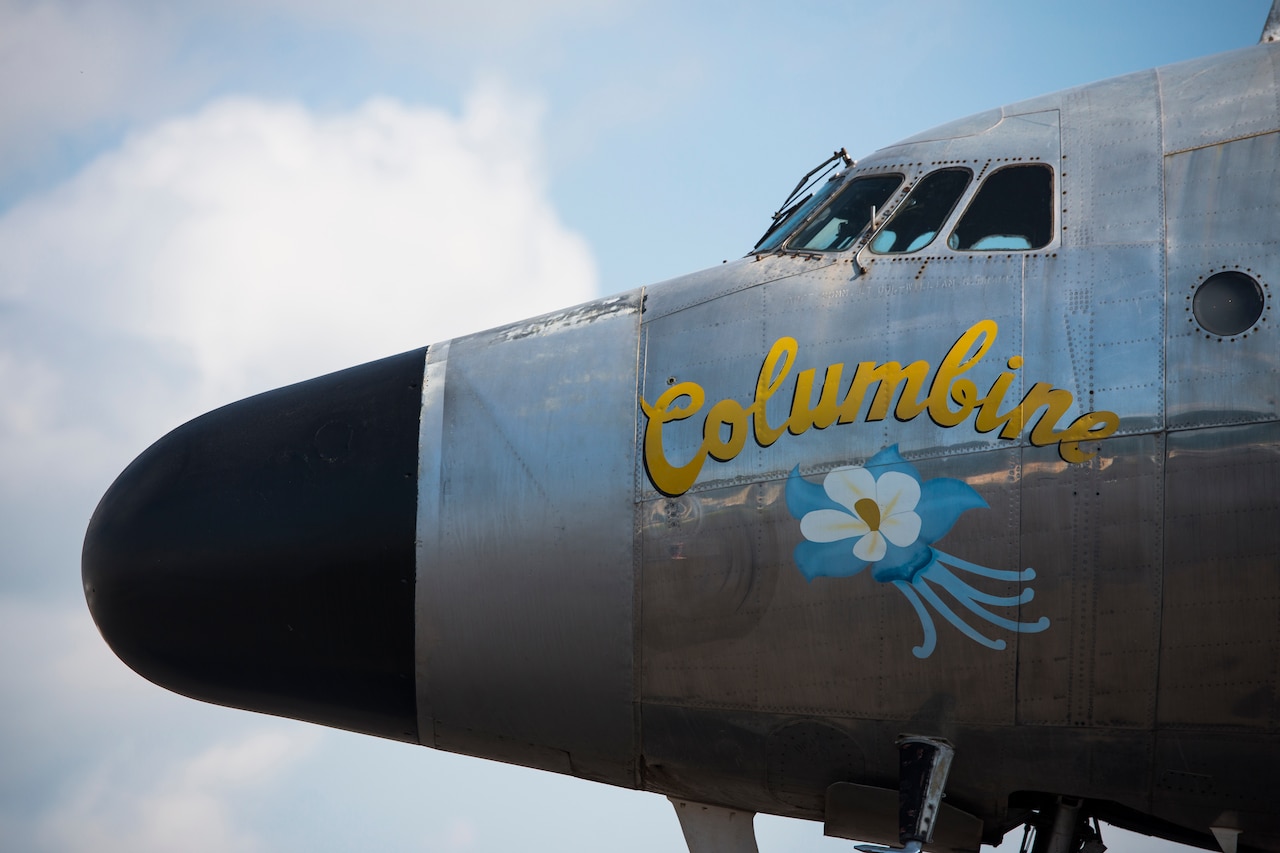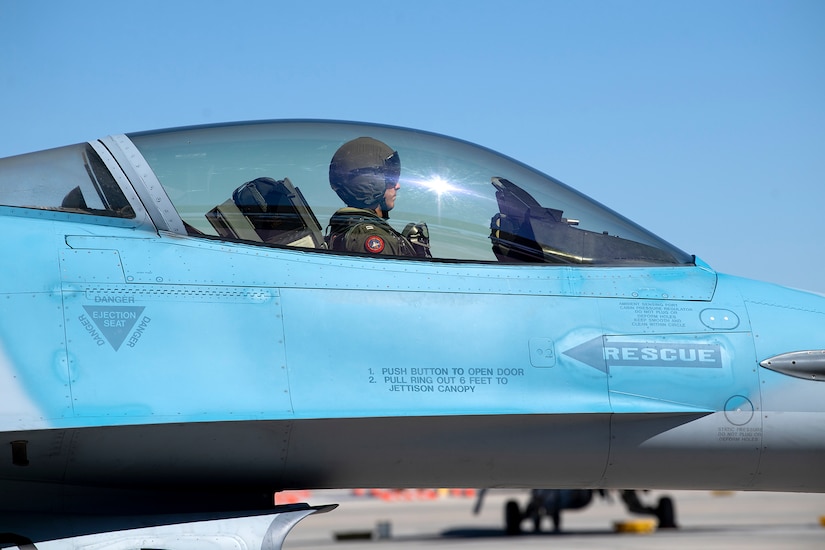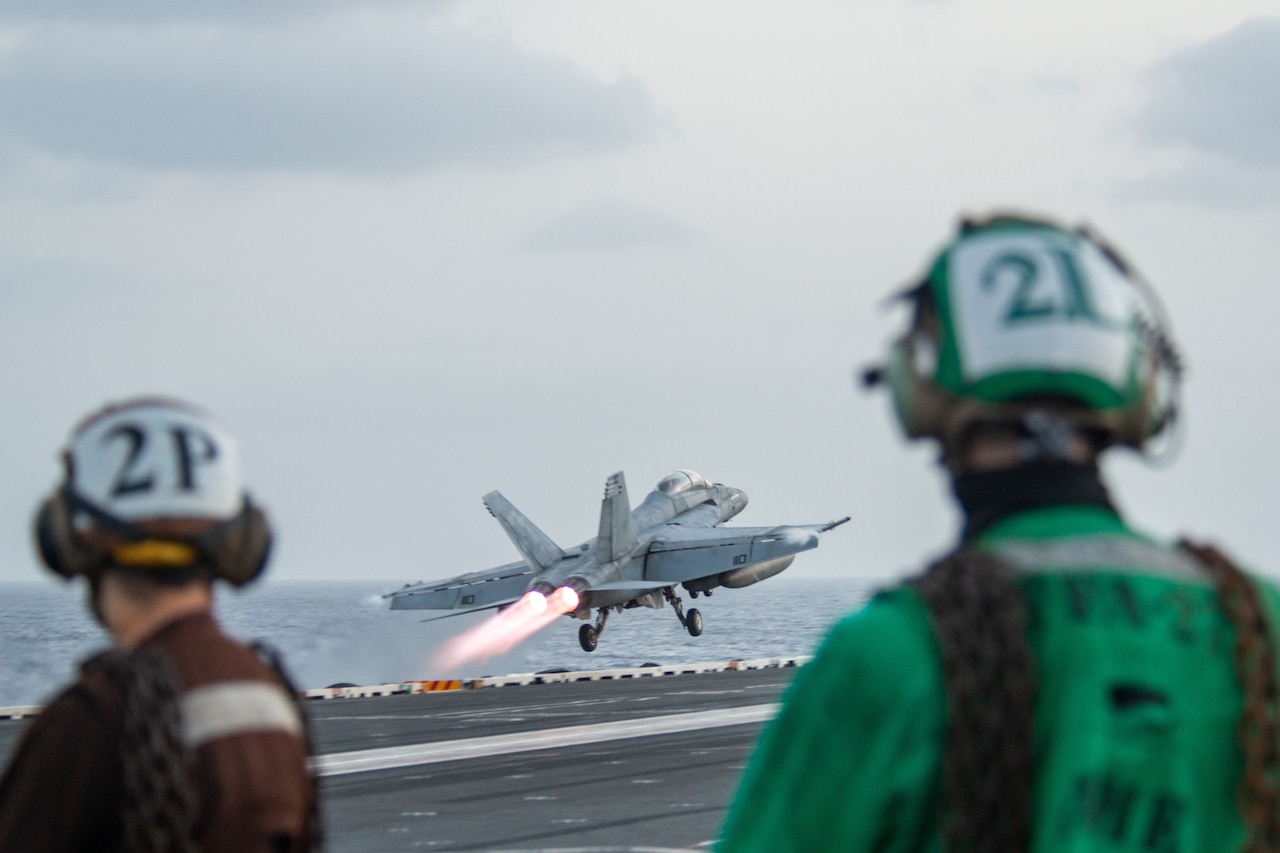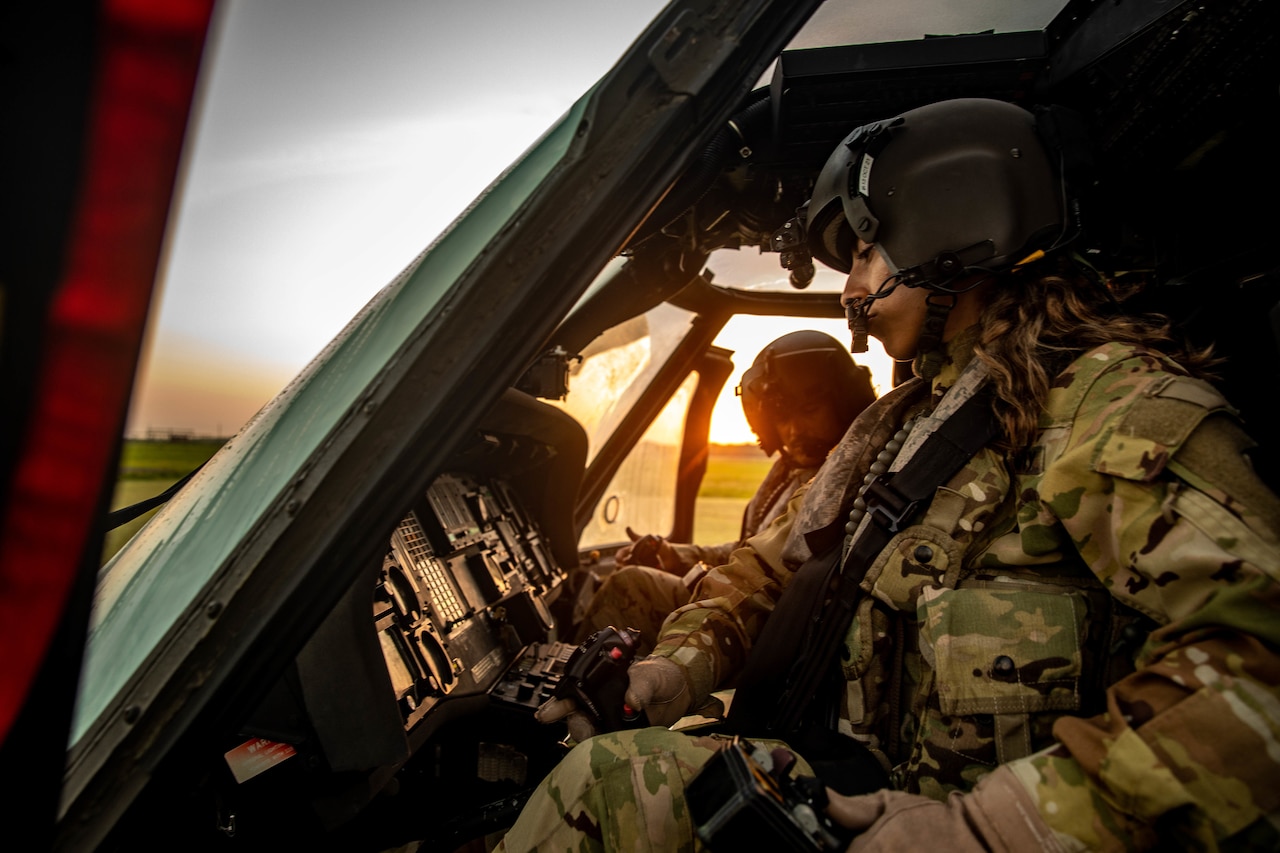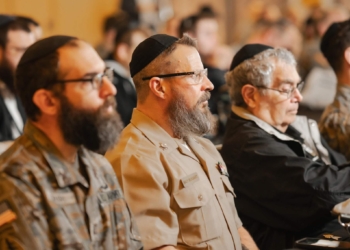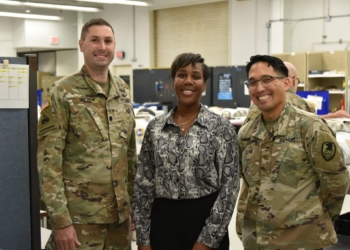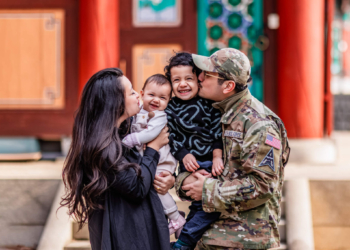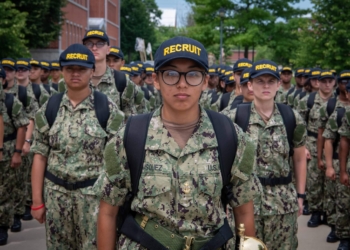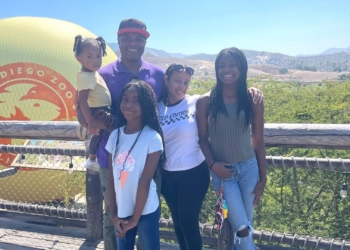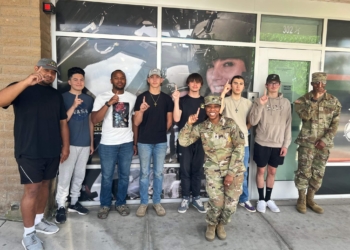Read the original article on defense.gov.
If you’ve been a fully trained military pilot for more than a few months, chances are that you’ve scored yourself a call sign by now. The call sign tradition is celebrated by aviation communities across all military branches. These pilot nicknames can quickly identify an aircraft or individual, and they also help to confuse the enemy, who might be listening in on your communications.
READ: Beyond Hollywood: behind the scenes of the real TOPGUN
Nowadays, call sign naming rituals for fighter, bomber and other pilots are a pretty formal process amongst the services, which will be detailed later in this article. But those rituals developed slowly over time, and the origins of the tradition are a bit murky. Several military historians were interviewed for this story, and no one could definitively say how pilot call signs got their start.
An unclear origin
Some historians believe aircraft call signs were first used when radio became a commodity around 1930. As radio communications grew in prominence into World War II, so did call signs for planes, ships and occasionally geographic points, said National Naval Aviation Museum historian Hill Goodspeed. He said aircraft call signs became common in the 1970s because they were short and added an extra level of identification, “particularly during times of intense, fast-paced operations.”
According to several historians, a lot of individual aviators in the early days of flight had nicknames, too, but they weren’t classified as call signs – they were generally given early in a pilot’s career and revolved around his physical traits, personality or something pop culture-related. For example, when nicknaming became popular during World War II, Army Brig. Gen. David Lee Hill was from Texas, so his nickname was “Tex.” Marine Corps Col. Gergory Boyington was nearly a decade older than the men serving in his command, so he was known as “Pappy.”
Some historians say that pilot call signs may have originated from ground controllers wanting a quick way to reference those aviators over the radio, but that’s still hearsay.
Call signs were sometimes even given to the enemy. Air Force Academy historian Brian Laslie said one famous case was that of World War I German ace Manfred von Richthofen, who painted his fighter aircraft red. His nickname in German was “Der Rote Kampfflieger” — a mouthful for any English-speaking pilot — so he was known to Americans by its loose translation, “The Red Baron.”
Like aircraft, call signs for pilots became more widespread by Vietnam; however, official naming ceremonies for them weren’t institutionalized until the 1980s, National Air and Space Museum curator Michael Hankins said.
Current naming rituals
While naming rituals vary from service to service and squadron to squadron, a lot of the main components of the process are the same throughout the aviation community, no matter the branch.
Most current call signs are still based on the same sources as in the early days of aviation — a derivative of a last name, physical features, personalities or pop culture. Air Force Lt. Col. Keith Anderson said some call signs are intentional misspellings of common words to create an acronym referencing a story about the pilot. According to Anderson and Navy Cmdr. Chris Papaioanu, most are based on the pilot screwing something up.
“Quite often, a call sign will be based on a retelling of a mistake a young pilot made, with the rule being that the story has to be at least 10% true,” Anderson said.
Across the branches, most pilots earn their call signs at their first operational squadron as a junior officer, if they didn’t receive one earlier. A few call sign ideas are usually thrown around within a squadron before a pilot’s peers vote on their favorite. That name is then approved by the squadron’s commanding officer.
“The skipper’s there to veto it just in case it’s crossing any lines or getting too aggressive,” said Navy Cmdr. Michael Patterson.
“I have seen a number of call signs get rejected for a number of reasons — it wasn’t funny enough, it wasn’t silly enough, it went from the PG-13 range and beyond and it kind of needed to be toned down a little bit,” said Marine Corps Lt. Col. Christopher Demars.
If a rejection happens, usually there are backup names at the ready.
What’s in a name?
“Everybody wants something that sounds awesome, that sounds cool. But it’s just never going to work out that way,” said Demars, whose call sign “Ollie” came from embellished stories he told that reminded his squadron of the old military history TV program “War Stories with Oliver North.”
Call signs can be embarrassing for the pilot, which many aviators said helps build a humility-based culture. For example, Patterson said he knows a few guys with the call sign “BamBam,” likely because they blew out their aircraft’s tires when they forgot to take off their parking brake as they launched from their aircraft carrier’s catapult.
“My call sign is Cage,” Anderson explained. “A heat-seeking missile has a seeker on the front that must be ‘uncaged’ in order to follow the heat source before the missile can be fired. The button to make this happen is on the control stick, but I have cartoonishly small hands and I can’t reach that button, so I’m ‘Cage’ because I can never ‘uncage.'”
Regardless of the story behind the name, it’s all good-natured.
“There’s supposed to be an aspect of fun in it,” Demars said.
While the Army doesn’t have fixed-wing aircraft, its helicopter pilots also have call signs.
“When we make pilot in command, we get a choice of our local call sign,” said Army Chief Warrant Officer 2 Kyle Pearl, a Black Hawk pilot with the Idaho Army National Guard. “Some of our guys have other call signs like nicknames that you typically see in the Air Force and Navy.”
Changes are rare
Another general naming practice: while more than one pilot can have the same call sign, it’s rare to be renamed.
“Unless you’ve really done something to highlight yourself after you’ve been given a call sign, typically it will stay the same,” Papaioanu said.
Anderson said that, at least in the Air Force, there’s one exception: if a pilot has flown a combat mission with their call sign, it can never be changed.
No matter how a call sign came about, they all come with a sense of pride. Not only are they useful for communications and identification purposes, but they can also be a term of endearment, a rite of passage and a way of bonding an aircrew together.
This story was written by Jim Garamone, DOD News.
Read comments















